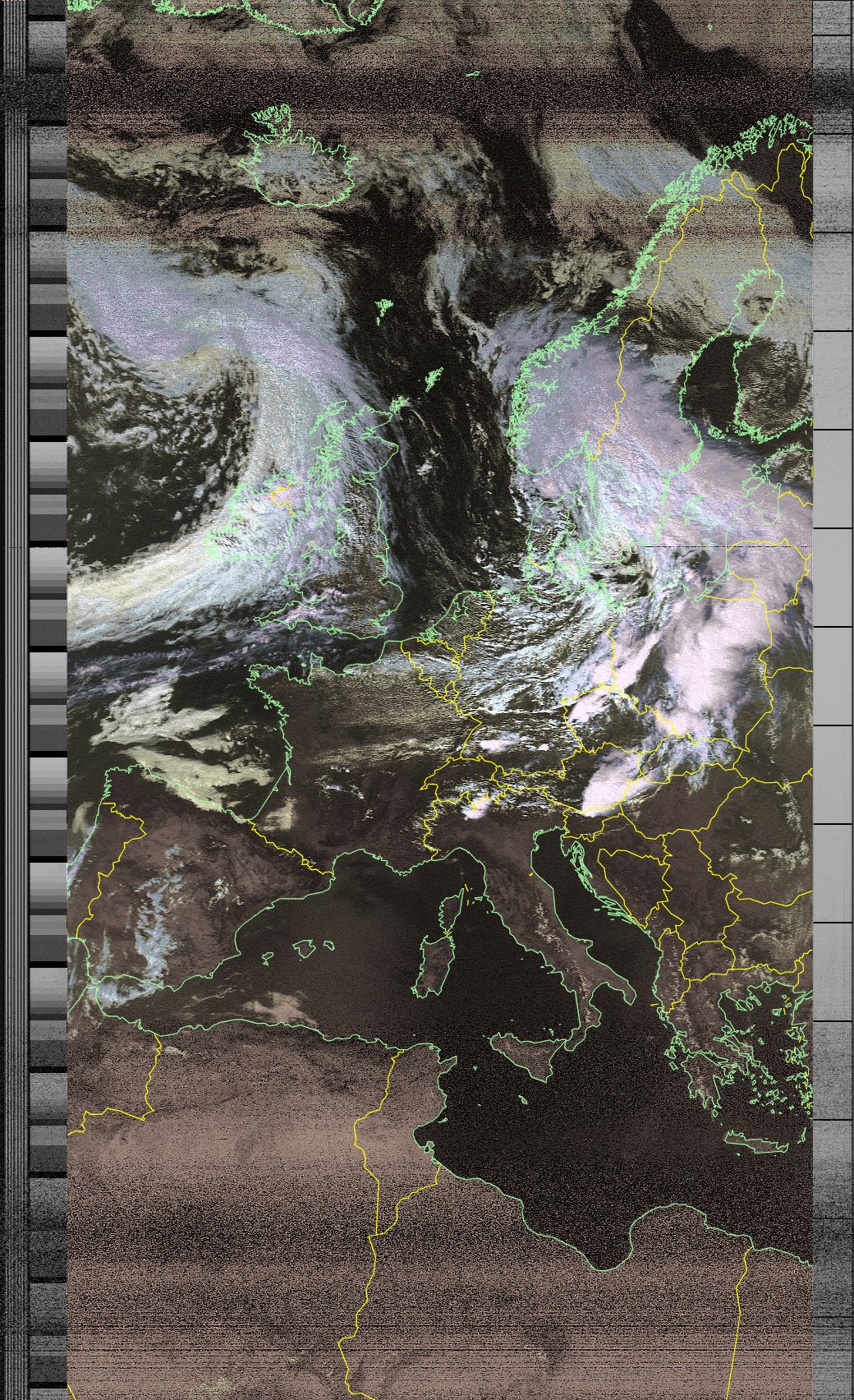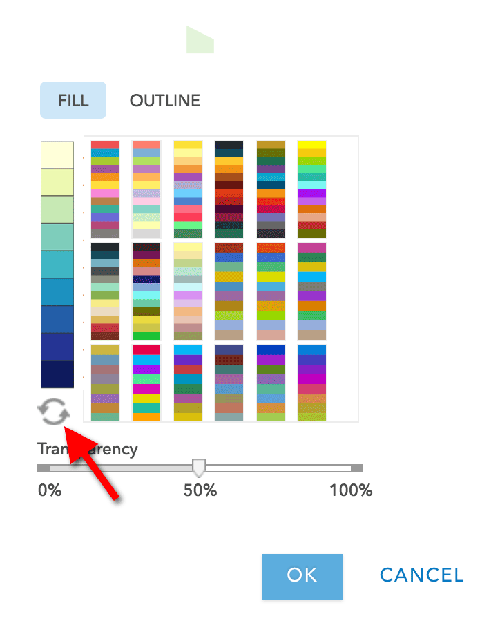
Here are just a few that you are recommended to modify before starting Version 2 is dated later, and while broadly similar, includes some more advanced features.ĭownload the 2005 GEO Quarterly Article from::ĪPTDecoder offers a host of user options.

Version 1 is an early version which was the version used when compiling this tutorial. There are two versions of APT Decoder available. Which make it a powerful rival to other established favourites in this field.


Although still under continuous development, APTDecoder already offers a host of features Weather Satellite Images Using APTDecoder softwareĪPTDecoder is free software from Patrik Tast of Västervik in Finland, which allows you to capture NOAA APT audio, convert it into weather images, then subsequently process these to add colour, remove noise,Ĭreate a weblog and much more. Multistation composite image creating the worlds longest APT images.APT Decoder SatSignal WxToImg WXSat Satellite FrequenciesĪ Guide to Decoding A.P.T. Sea Surface Temperature: creates a false colour image by combining sensors 3 and 4 (Infrared) and using a pre-defined palette colour the image. This sensor covers the full range temperatures from very cold cloud tops to very hot deserts. Thermal: Creates false color images using the temperatures from (sensor 4) Thermai Infrared image. The two images are the two channels sent by the satellite with channel A (left) switching between sensor 1 (visible) or 2 (near-IR) during the day and sensor 3 (mid-IR) at night and channel B (right) showing sensor 4 (thermal-IR) at all times during normal operation. The earth appears "upside down" on Northbound passes. These are images as they come from the satellite without alteration. HVCT false colour: creates a false coloured image by combining a sensor 1 or 2 (visible/near infrared) image with a sensor 4 image (thermal infrared) to create an image in which clouds are tinted by their temperature. The likelihood and intensity of precipitation increases as the colour goes from green to yellow to orange to red to black to white. Map Coloured IR with Precip: uses sensor 4 (thermal infrared) to create a false coloured image showing areas of likely precipitation. Multi-Spectral Analysis: combines a sensor 1 or 2 (visible/near infrared) image with a sensor 4 (thermal infrared) image to create a near true colour, near visible image of the earth. How Weather Satellite images are decodedĪbout the Enhancements This page shows just some of the 35 enhancements WXtoImg provides: You must enable javascript in your web browser to view the satellite images on this site. Times are shown in Eastern Daylight Time.

Click on any image below for a full sized image.


 0 kommentar(er)
0 kommentar(er)
